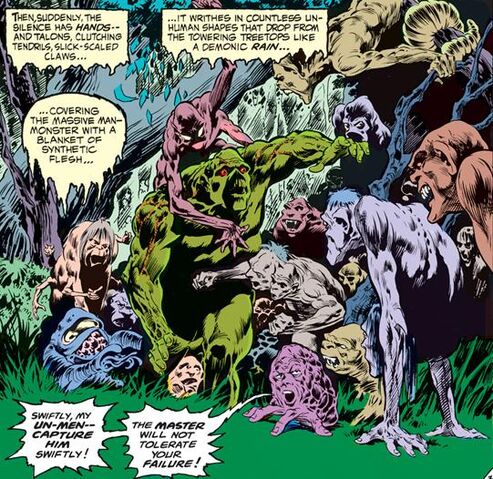In a recent post, I discussed what I saw as the possibilities of retro sci-fi horror of the gleaming rockets and stalwart spacemen variety, not the grubby, paycheck-seeking space jockey's popular in the Alien-inspired rpgs. I mentioned a few inspirations there, but I felt like a more extensive list was in order.
Comics:
Weird Fantasy (1950)
Weird Science (1950)
Incredible Science Fiction (1955)
Some stories in later anthology series like Alien Worlds (1982), Mystery in Space (1980 revival), Time Warp (1979)
Fiction:
"In the Walls of Eryx" H.P. Lovecraft.
Leigh Brackett stories including "Shannach - The Last," "Purple Priestess Mad Moon," etc.
Ray Bradbury. Early short fiction, including "Death-by-Rain" and "The City."
CL Moore. Northwest Smith Stories
Clark Ashton Smith science fiction, including "The Immeasurable Horror," "Vulthoom," and "Vaults of Yoh-Vombis."
A.E. van Vogt. Voyage of the Space Beagle (1950). It's a fix-up of previously published short stories "Black Destroyer," "Discord in Scarlet" (both of which bear some resemblance to Alien; the first also likely inspired the Star Trek episode "Man Trap"), "War of Nerves", and "M33 in Andromeda."
Stanley Weinbaum solar system stories particularly "Parasite Planet," "The Lotus Eaters," "The Mad Moon," and "Planet of Doubt."
Film & TV:
The Angry Red Planet (1959)
It! The Terror from Beyond Space (1958)
Forbidden Planet (1956)
Planet of Vampires (Terrore nello spazio) (1965)
Outer Limits, select episodes
Star Trek, select episodes including "The Cage," "The Man Trap," "What Are Little Girls Made Of?" "Operation: Annihilate!"
Twilight Zone, select episodes
Queen of Blood (1966)























































